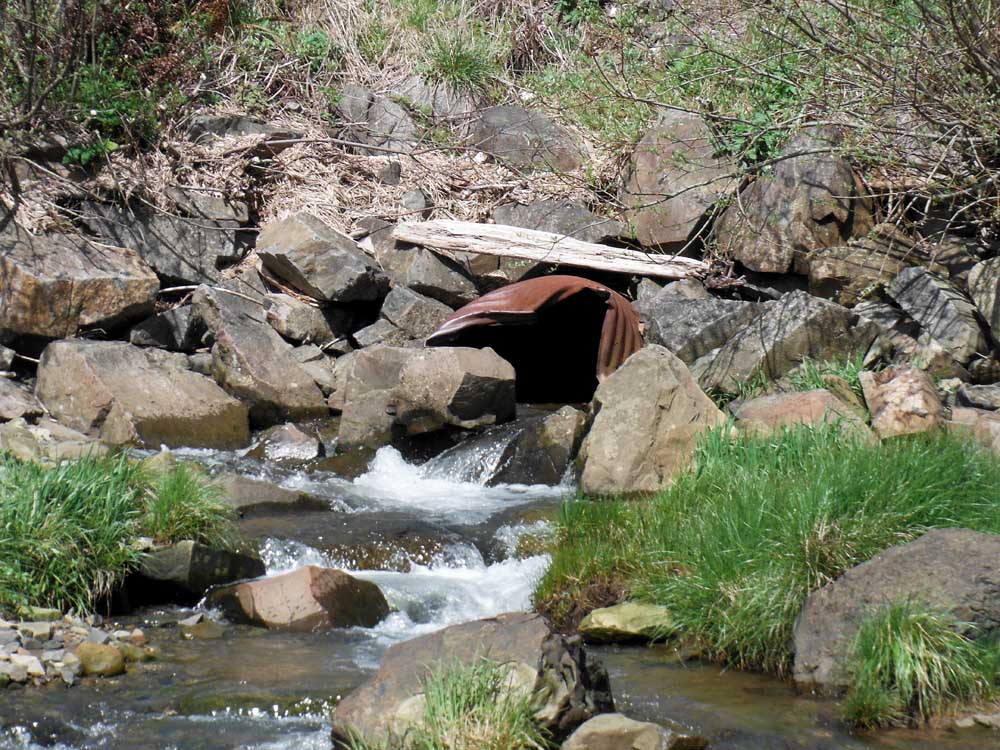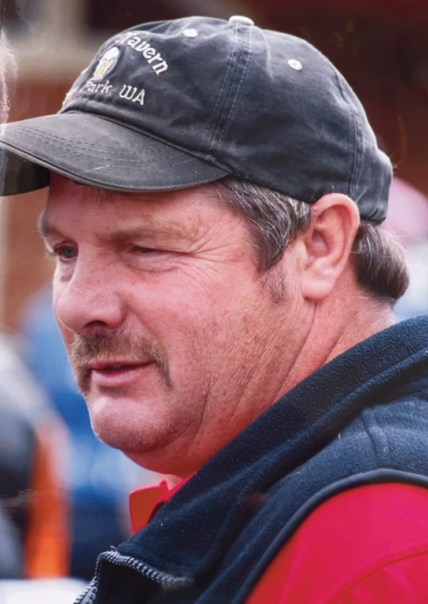Creek project aims to restore historic connections
Published 10:36 am Tuesday, January 3, 2017

- A project by the Columbia River Estuary Study Taskforce and National Park Service is replacing a damaged 48-inch culvert through which Megler Creek travels under Washington State Route 401 with a 12-foot concrete culvert. The project will improve fish passage and create miles of cold-water spawning habitat similar to what the Corps of Discovery encountered more than 200 years ago.
DISMAL NITCH — Beset by wind, rain and thunder, the Corps of Discovery made camp Nov. 12, 1805, near Dismal Nitch at the foot of a small, unnamed stream, today known as Megler Creek.
Trending
Capt. William Clark wrote in his journal of how the Corps, trying to replenish stocks of pounded fish, killed at least 15 salmon in the stream to supplement their meager rations.
Until recently, the creek where the Corps encamped more than 210 years ago ran under a damaged 48-inch culvert beneath the rock riprap of Washington State Route 401, limiting fish passage to a trickle during high tides.
But a partnership between the Lewis and Clark National Historical Park and the Columbia River Estuary Study Taskforce will soon restore Megler Creek to its historic levels of fish passage.
Trending
“Research has indicated that nearly 80 percent of juvenile out-migrants are using this Washington shoreline as they’re migrating out to sea,” said Jason Smith, a habitat restoration project manager with CREST overseeing the culvert replacement.
Juvenile salmon migrating out to sea need off-channel rest stops as they acclimate to salty water, just as adult salmon need habitat to spawn eggs in when coming home. But along a 9-mile stretch of waterfront between Knappton Cove and Chinook, Smith said, the highway is heavily armored by riprap, with culverts to tributaries often perched too high up to provide adequate fish passage outside the highest of tides.
CREST found a willing partner in Lewis and Clark National Historical Park for the Columbia-Pacific Habitat Restoration, a plan to reconnect tributaries at several points along highway. The first phase installed a 12-by-12-foot culvert trough U.S. Highway 101 to reconnect nearly 100 acres of wetlands just north of the park’s Fort Columbia site. The second and current phase is reconnecting Megler Creek. A third phase will look to reconnect even more tributaries upriver near Hungry Harbor.
“We have a dual mandate of doing what we can to restore natural ecosystem process, but we also want to do what we can to get our lands kind of back to a state that closely resembles what Lewis and Clark encountered when they were here,” said Carla Cole, a natural resources project manager for the park.
In addition, she said, “It’s becoming increasingly important along the Columbia to open access to these cold-water refuges with climate change.”
Just west of the Dismal Nitch rest area, State Route 401 shrinks to one lane. A concrete barrier separates traffic from crews with Thompson Bros. Excavating, digging out and building up shoring walls under the northern half of the highway to start placing the precast sections of the new 25-foot concrete box culvert that will run under the highway.
After the northern half of the highway is complete, the entire process moves to the south. A new sheet pile cofferdam will hold the Columbia out of the project site until the plug is pulled in February.
Preparation for Megler Creek started before the culvert near Fort Columbia had ever opened. The project involved years of monitoring different endangered species of salmon spawning, and numerous levels of scientific review. CREST and the local park each pieced together about $500,000 in competitive grants from various agencies to pay for the $1 million project.
Smith said the old culvert was only 48 inches in diameter, and perched 6 feet above mean water level, disconnecting Megler Creek from the tidal influence of the Columbia except during high tides. After redirecting about 300 feet of Megler Creek around the project site, crews had to dig out about 8 feet of sediment that had backed up behind the highway over the past century, unable to wash out into the Columbia during storms.
The lower elevation will allow tides to reach farther into the historic wetlands at the mouth of the creek. A new pebbly bottom, woody debris and shrubbery will create a more natural, nutrient-rich stream.
“I’m hopeful people will be able to see salmon going through,” Cole said.
The Dismal Nitch rest area, being refurbished by the Washington Department of Transportation, will include an informational kiosk about the project, overlooking the small inlet where Megler Creek spills into the Columbia.
During spawning surveys, Smith said, CREST observed several species of endangered salmon inside Megler Creek. One they didn’t see inside was chum, but he and Cole said they’re particularly excited about the prospects.
Clark’s journal from November 1805 talks about catching “what Pore fish we can kill up the branch on which we are encamped.” Cole said the term “pore” — translated to poor — likely refers to the lesser-quality chum species, which has shrunk to 3 percent of its historical run in the Columbia.
“Chum will be a big beneficiary of this project, because chum typically spawn right (at the head) of tide, and they’re not as athletic as some of the others,” Smith said, adding coho and steelhead will travel farther upstream to spawn.
Cole said she’s excited to come back in November and watch for chum salmon spawning. She sees the species, whose roe is commonly used in sushi, as a potential new homegrown industry for the Lower Columbia.
“Chum roe is a really lucrative fishery all across the Pacific,” she said. “We envision a future where there could be native chum runs, and we could have our own chum fishery, harvesting the roe, which is actually more valuable pound-for-pound than Chinook salmon flesh.”









